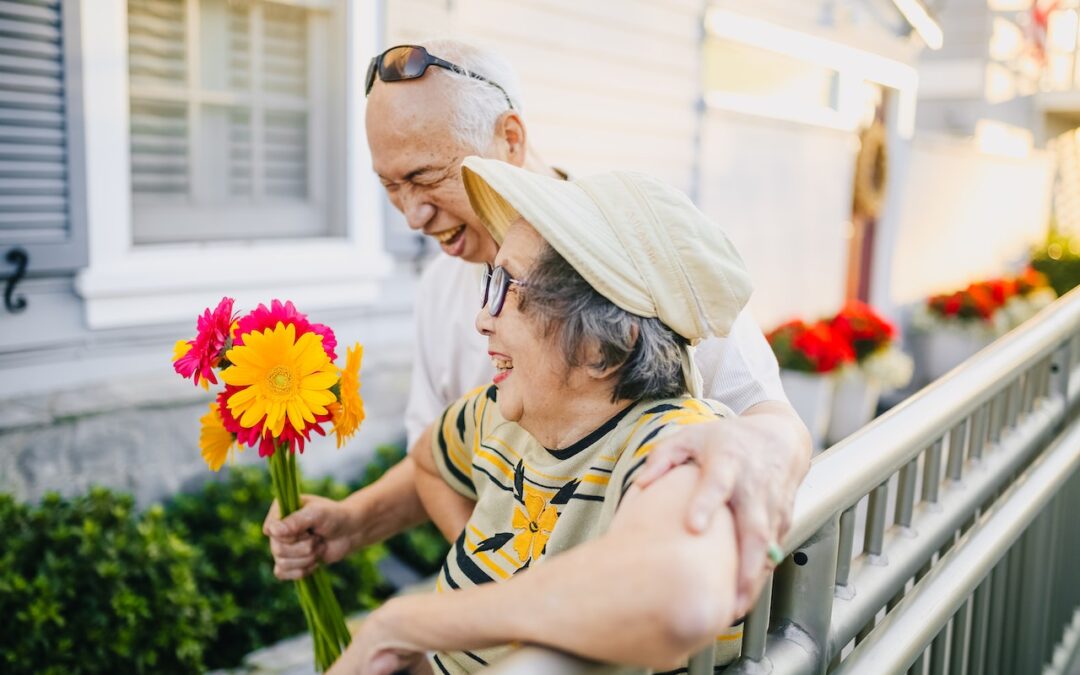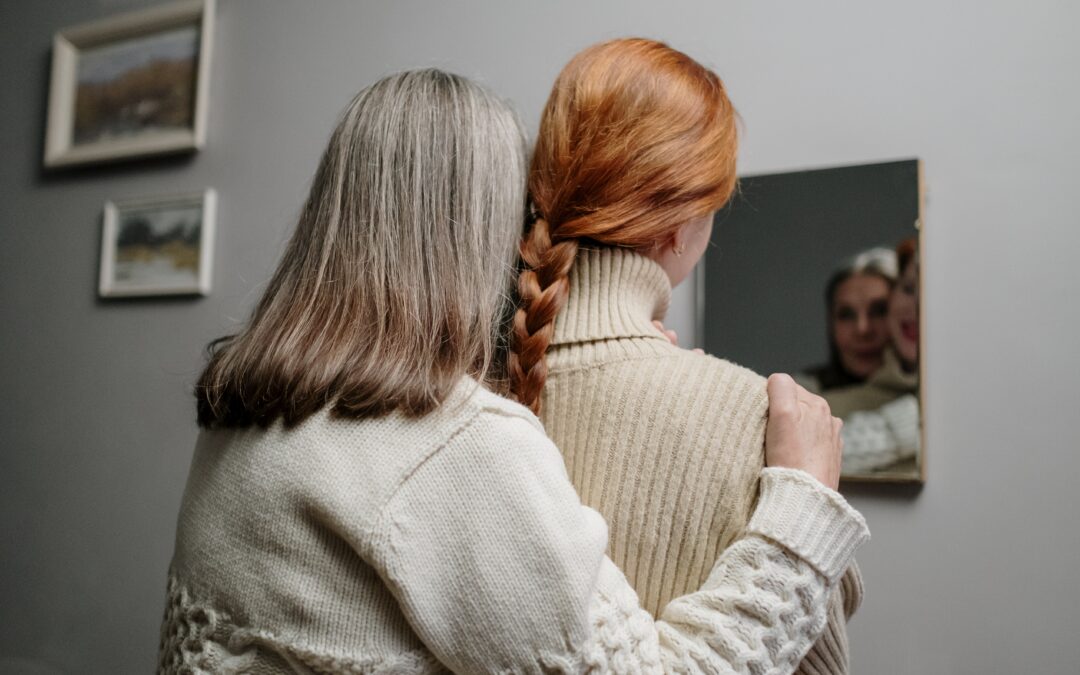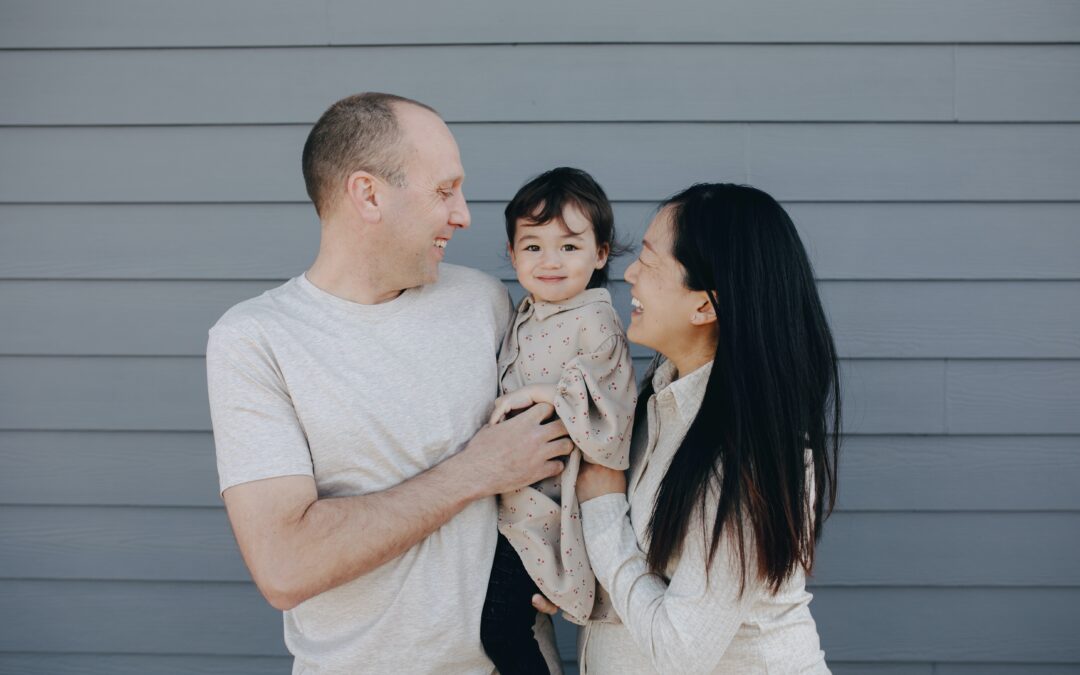It is not good for us to be alone, a small study in the American Journal of Geriatric Psychiatry found among a group of 100 older adults. Measuring how one’s social life influences one’s sense of purpose in life, the researchers asked participants to rate their social interactions three times per day. At the end of each day, they were to evaluate how these interactions contributed to a sense of purpose. Expectedly, the experience of more positive interactions during the day made participants feel a greater sense of purpose by nightfall. The leader of the study, Gabrielle Pfund, noted that while most sense-of-purpose research focuses on a person’s overall orientation toward purpose or non-purpose, her team found that “everyone [experienced] fluctuations relative to their own averages.” Based on previous research, the study team believes that daily positive social interactions enhancing one’s “sense of purpose” provide cognitive and physical health benefits for older adults.
Daily Interactions Post-Pandemic
However, pandemic responses over the past few years have broken down the social fabric. Another study published by the American Psychological Association comparing loneliness levels prior to and after the COVID-19 pandemic recently confirmed what we already knew anecdotally: people are even lonelier today than they were in February 2020. This “small” increase in loneliness has likely impacted people’s “long-term mental and physical health, longevity, and wellbeing” for the worse, and for both young and old. Most of us experienced some degree of loneliness during the pandemic not only due to the physical separation occasioned by worldwide lockdowns, but also due to differences of vaccination status and belief about vaccine effectiveness. People were quicker to discount each other’s concerns, quicker to cut off friends and family members with whom they disagreed, and quicker to retreat from public life into the comforts of home. Whereas people used to go shopping at the supermarket unless they were ill, elderly, or otherwise homebound, grocery delivery services have grown in popularity. Even if we are headed toward a “post-covid hybrid future” with in-person and virtual options available, the very existence of virtual options has already altered our social landscape.
Positive Connections Give Us Purpose
A hybrid future promises some positive developments for the homebound and those who need flexibility in their schedules, such as busy parents. It could mean shorter lines at the movies and fewer chances for illness exposure at the park. But it also means fewer grocery store employees, and fewer shoppers. It means socializing becomes more optional, rather than woven into the fabric of daily life. It means, for those with means, less dependence on traditional forms of communication and transaction. It means, for those struggling to make ends meet, fewer chances to form the kinds of social connections that would enhance their livelihoods. A life where we get to choose which connections to feed and which to extinguish may make life more pleasant for us in the short term – but the spontaneous grace of a brief, passing interaction with the neighborhood store owner or our fellow shopper can do much more to contribute to our overall happiness, our overall sense of purpose, than a narrower world of self-selected options. Without the positive connections that help us place ourselves within a larger community, where our purpose in life is not dictated solely by our choices but dynamically influenced by our milieu, the less sense of purpose we will have.
Building Community in a Hybrid World
One of the major challenges we face in a post-Covid, hybrid world is preserving the relationships of spontaneity and dependence that give our lives meaning. Many of us, young and old, have become accustomed to meeting others on our own terms, regardless of whether this is good for us and our society at large. Though we can’t turn back the clock and should welcome the useful accommodations of a hybrid world, we should make it our duty to seek to cultivate in-person interactions with others as much as possible. More people than ever are experiencing loneliness and need brief assurances – whether it be a smile or a word – to lift them up. We need it ourselves. Moving forward, let’s build back what’s been lost by rediscovering our local community. Let’s put ourselves out there even when we have the option to stay home. Let’s seek faces over faceless exchanges.







